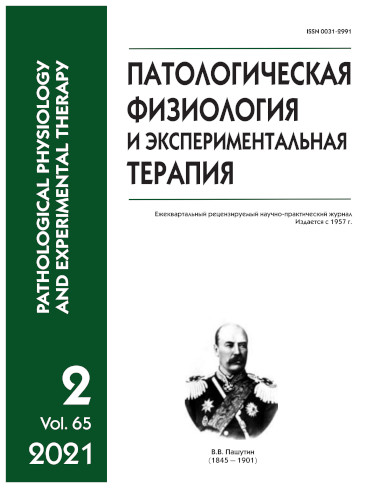The role of conservative treatment of functional defecatory disorders and further perspectives in patients with pelvic organ prolapse
Abstract
Introduction: In the pathogenesis of defecatory disorders in patients with rectocele, both functional and anatomical factors may play a role. However, possibilities of conservative treatment of functional defecatory disorders (FDD) for correction of these factors have not been widely studied. Aim. To assess the efficacy of conservative methods like biofeedback therapy (BFB) and tibial neuromodulation (TNM) for treatment of patients with functional FDD and rectocele. Methods. Information collected during examinations of female patients with FDD and rectocele and with no previous surgery served as source data. Before and after conservative treatment with BFB and TNM, symptoms were assessed, responses to a specialized questionnaire on the severity of rectal evacuatory function impairment were analyzed, and X-ray defecography and high-resolution anorectal manometry were performed. Data before and after treatment were compared with non-parametric statistics (Wilcoxon matched pairs test). Results. The data of 60 women (mean age 48.2±13.4 years) were analyzed. Rectocele grade 1 was detected in 3 (5%), grade 2 in 37 (61.7%), and grade 3 in 20 (33.3%) patients. Mean symptom score on the specialized questionnaire was 11.4±3.7. FDD type 1 manometric pattern was found in 41 (68.3%), type II in 6 (10%), type III in 10 (16.7%), and IV in 3 (5%) participants. Complete resolution of FDD after BFB and TNM therapy was found in 22/60 (36.7%) of women. BFB and TNM therapy was ineffective in 11/41 (26.8%) patients with FDD type I, in 2/6 (33.3%) with type II, and in 4/10 (40.0%) patients with type III FDD. This conservative treatment was effective in 100% patients with type IV pattern of FDD. Based on the results, we suggest further actions to improve the outcomes of conservative treatment. Conclusion. Conservative treatment with combined biofeedback therapy and tibial neuromodulation may help improve symptoms in 35% of patients and lead to complete resolution of functional component in 37% of patients with functional defecatory disorders and rectocele. This treatment was not effective in 28% of patients.






